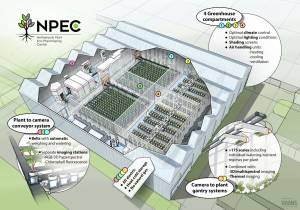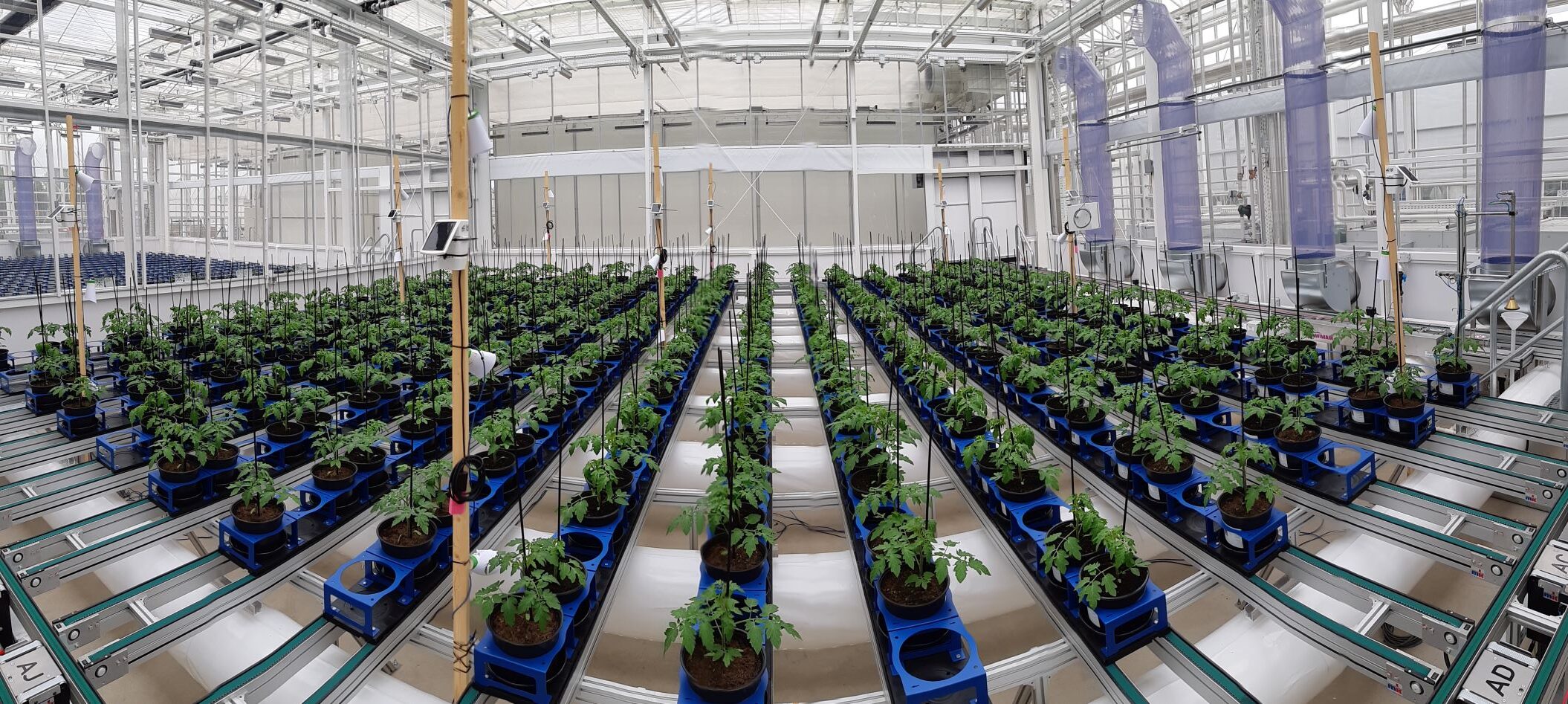About NPEC
Plants are absolutely essential to our future, where almost all our food, feed and materials will be derived from plants. The NPEC aim is to enable the development of novel adaptive crops and cropping systems required for future food production and food security without destroying our planet. Their plant phenotyping facilities thus will help to meet the world’s future needs in terms of food and material security: one of the most exciting endeavours for the future.
Plant phenotyping is the game changer that will vastly contribute to make food security possible and sustainable agriculture available.


The NPEC facilities offer high throughput and high resolution data from plants both above and below ground. Automatic phenotyping will allow for a dramatic increase in the speed of plant breeding, allowing for a very short time to market for novel crop varieties.
The NPEC facility consists of six modules each offering a dedicated phenotyping platform with its own measurement systems supporting specialized cameras and sensors.
With the NPEC facilities we make accurate, high-throughput studies of plant performance possible in relation to relevant biotic (microbiome interactions, competition, disease) and abiotic (light quantity and quality, nutrients, temperature, moisture, soil pH and atmospheric CO2 level) factors across a range of scales.
NPEC is a joint initiative of Wageningen University & Research and Utrecht University. This integrated, national research facility is housed by Wageningen University & Research and Utrecht University and is co-funded by The Netherlands Organisation for Scientific Research (NWO).
Innovative technologies in the NPEC greenhouse
The NPEC Greenhouse for Wageningen University & Research at Unifarm will provide specialised equipment for high throughput plant research.
The NPEC greenhouse provides specialized equipment for high throughput plant research in a controlled environment. The five greenhouse compartments are fully automated and contain conveyor systems, gantries and watering systems. Furthermore, the compartments contain a suit of different cameras and sensors to measure and analyse a myriad of different plant characteristics with fully integrated interaction between all these different systems. The provided software will be very flexible; allowing for easy integration with software for data management, the climate control system and the data acquisition.


More information about NPEC on https://www.npec.nl/


